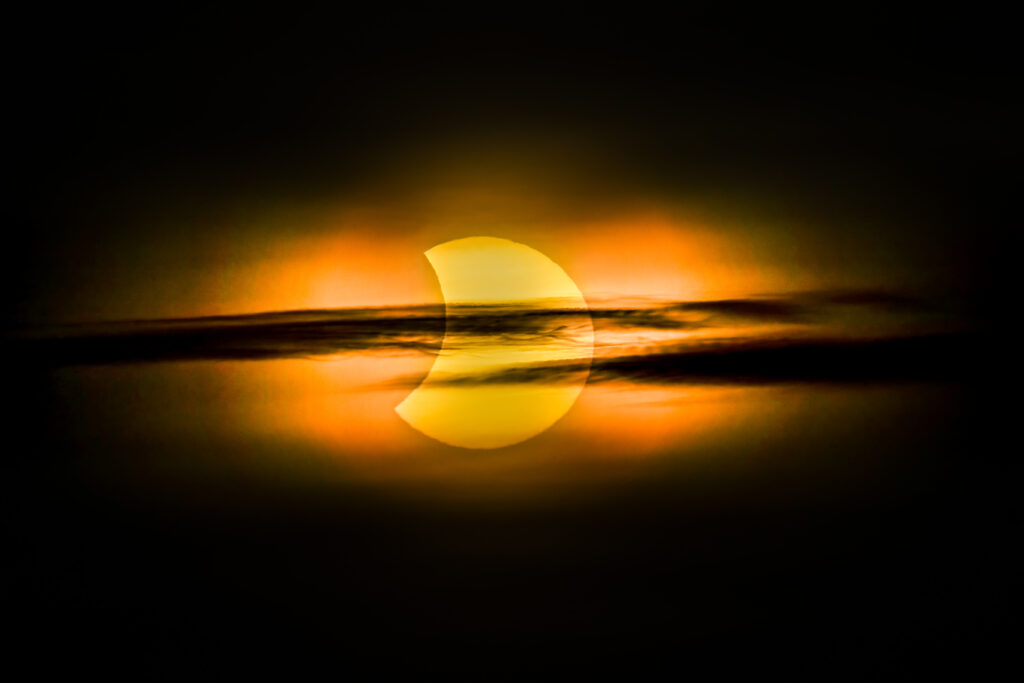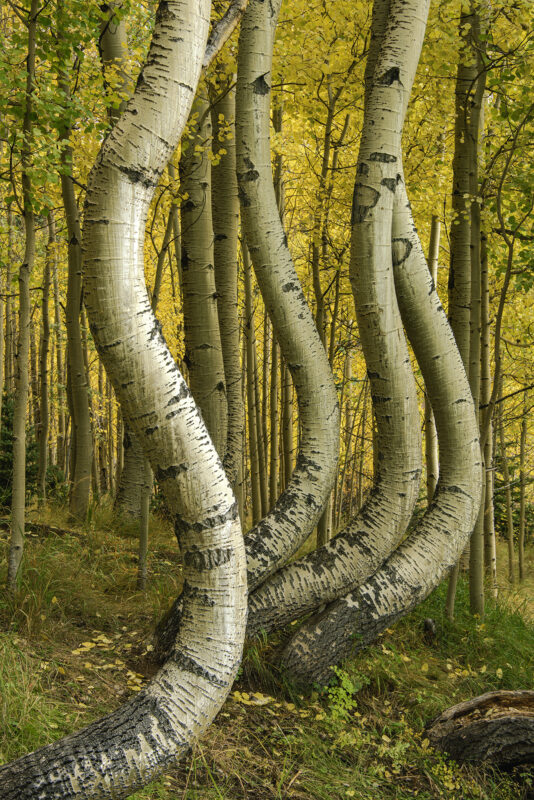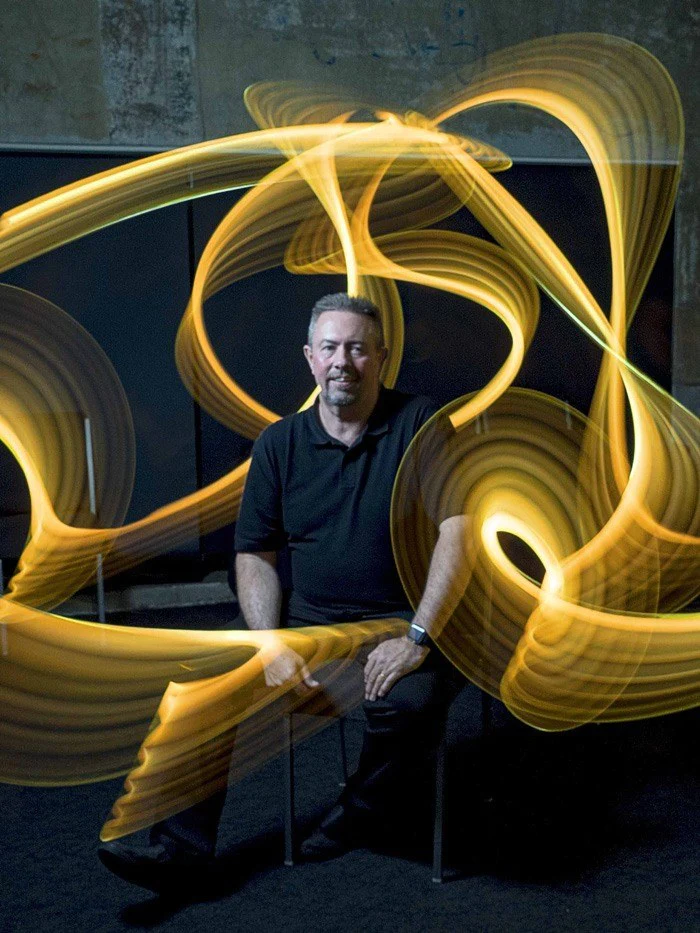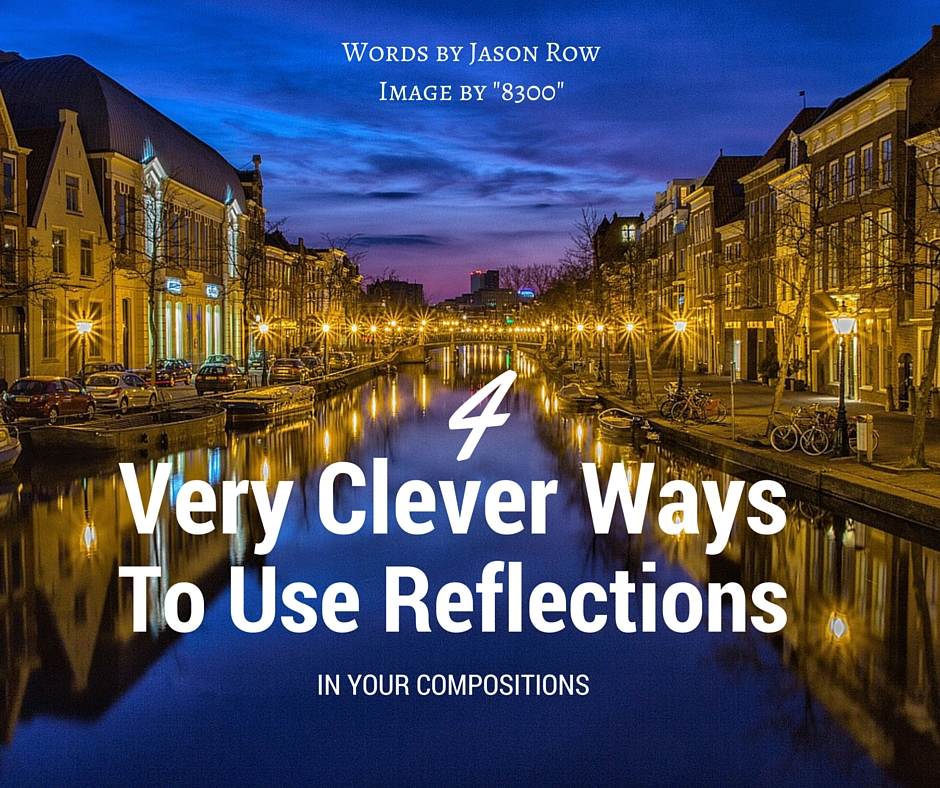
Reflections are an integral part of a photographer’s life, particularly when used in compositions. Sometimes we seek to eliminate them, for example, sunlight on a lake, or a passing car in a window. Other times we use them to add creativity and impact to our images.
Reflections are all around us but sometimes they can be difficult to capture well, especially in terms of composition. Today we are going to take a look at some of the types of reflections you will find and how to use them creatively.
1. Use Water Reflections To Compose Your Photos
Perhaps the most common reflection of all. Water gives us so many options when we come to shoot. It might be a beautiful mountain landscape reflecting in the glassy waters of a dawn lake or the lights of a city reflecting in the harbour.
Shooting motionless water gives us a pure, mirror-like reflection. It can be quite hard to judge when you will get this type of motionless water but it is most often found in the very early morning as the sun rises and when there is a high-pressure system overhead.
Small sheltered lakes are more likely to give us that perfect stillness, seas, oceans and large lakes often have some amount of breeze causing ripples. Mirror reflections often work best if you break the rule of thirds and place the horizon dead centre.
Sometimes it helps to add a little foreground interest to break the two halves and add a leading line. Another technique to use it actually to shoot just the reflection but with a small hint of the subject at the top of the frame.
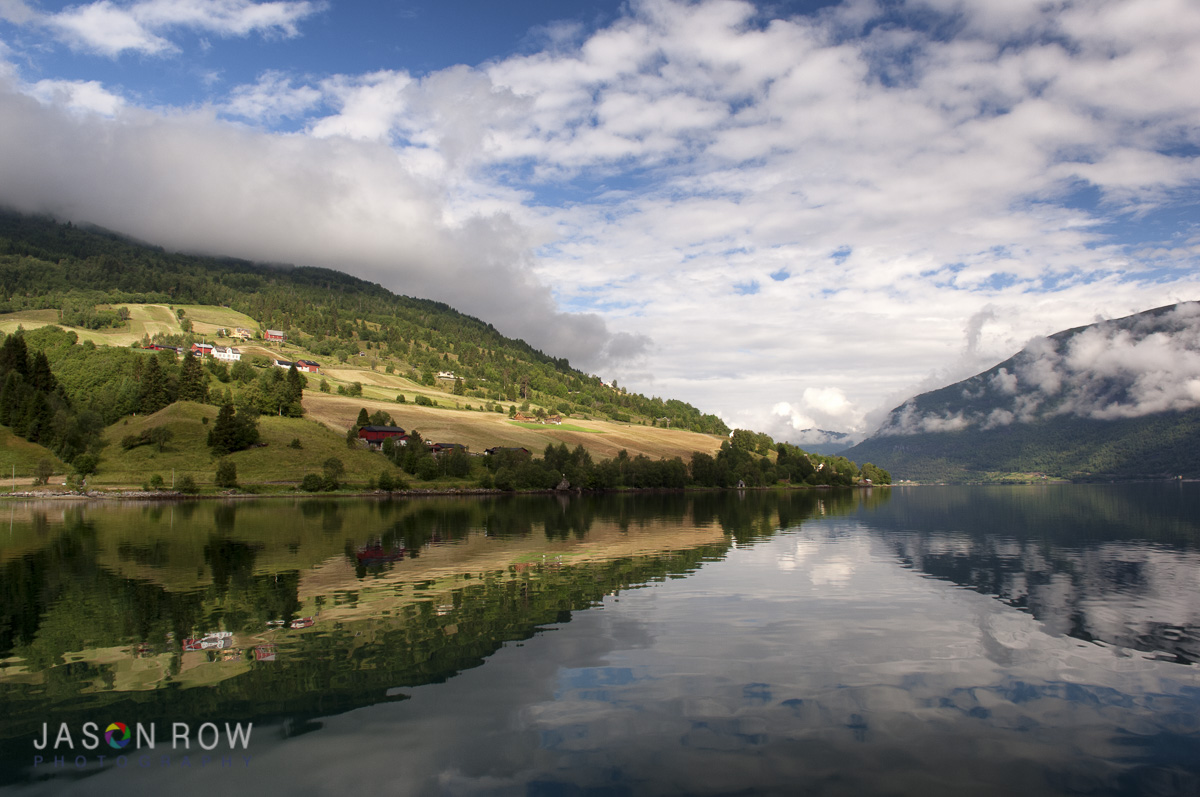
Don’t be afraid to use polarizers on your water reflections. Many people think of a polarizer as a way to eliminate reflections, in fact, they are a way to control reflections, allow as much or as little reflected light as we desire.
Reflections in moving water tend to work better when reflecting a light source, for example: the sun, moon or city lights. Moving water gives us options. We can try to retain a higher shutter speed and freeze the reflection and water motion giving us sharply defined jagged reflections.
Alternatively, we can shoot slow and allow those reflections to seemingly melt in the moving water. In either case, it is well worth composing your shot with something solid in the frame as a juxtaposition to the reflections themselves.
Whilst looking for new subjects and objects to photograph, you might find this excellent guide by Photzy a really useful one – “The Creativity Catalog” – get out there and get shooting!
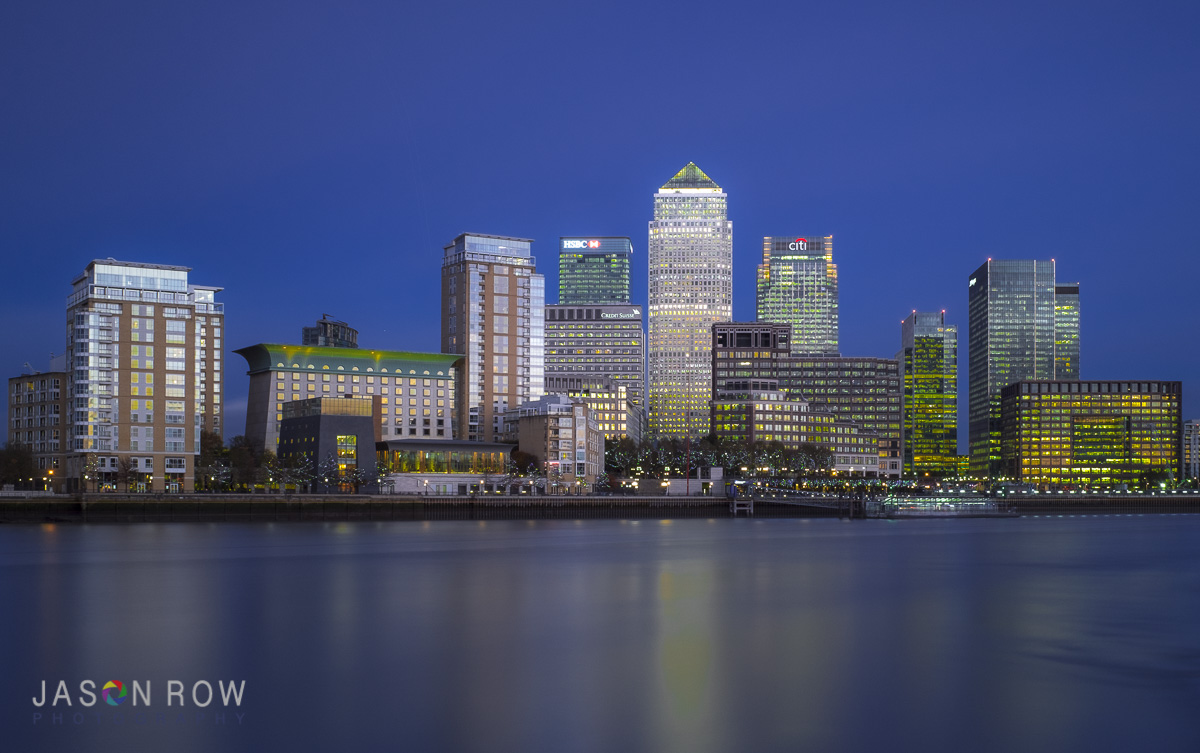
2. Glass Reflections Can Make Awesome Images And Abstracts
Glass reflections are a wonderful compositional tool.
Not only can we reflect back but we can also see through giving us two different separate compositions. It's how we tie those positions together that is challenging yet provides us with great creative potential. In the shot below, I have used this modern glass building to reflect the dome of St Pauls.
With careful use of a circular polarizer, I was able to reduce any extraneous reflections and allow the viewer to see clearly into the offices whilst still clearly defining St Pauls as well.
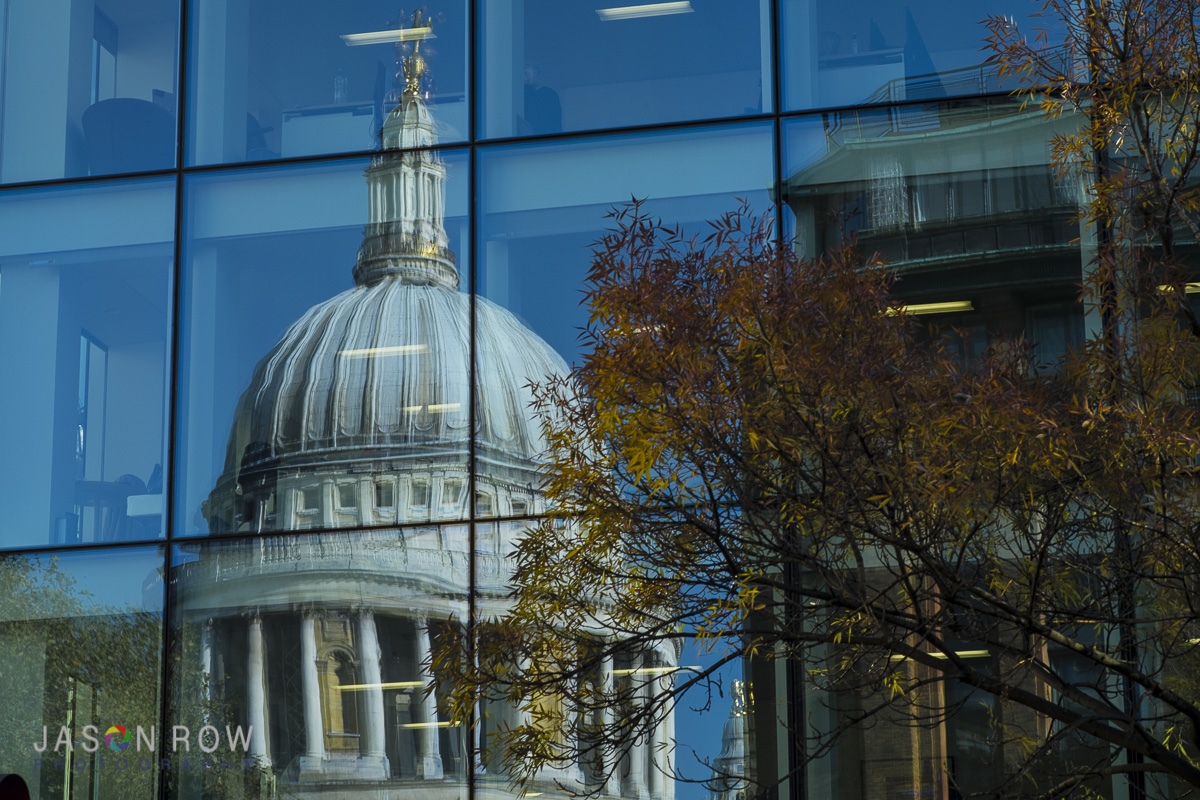
You can also use the glass reflection as a juxtaposition to your composition as can be seen in this similar St Pauls image.
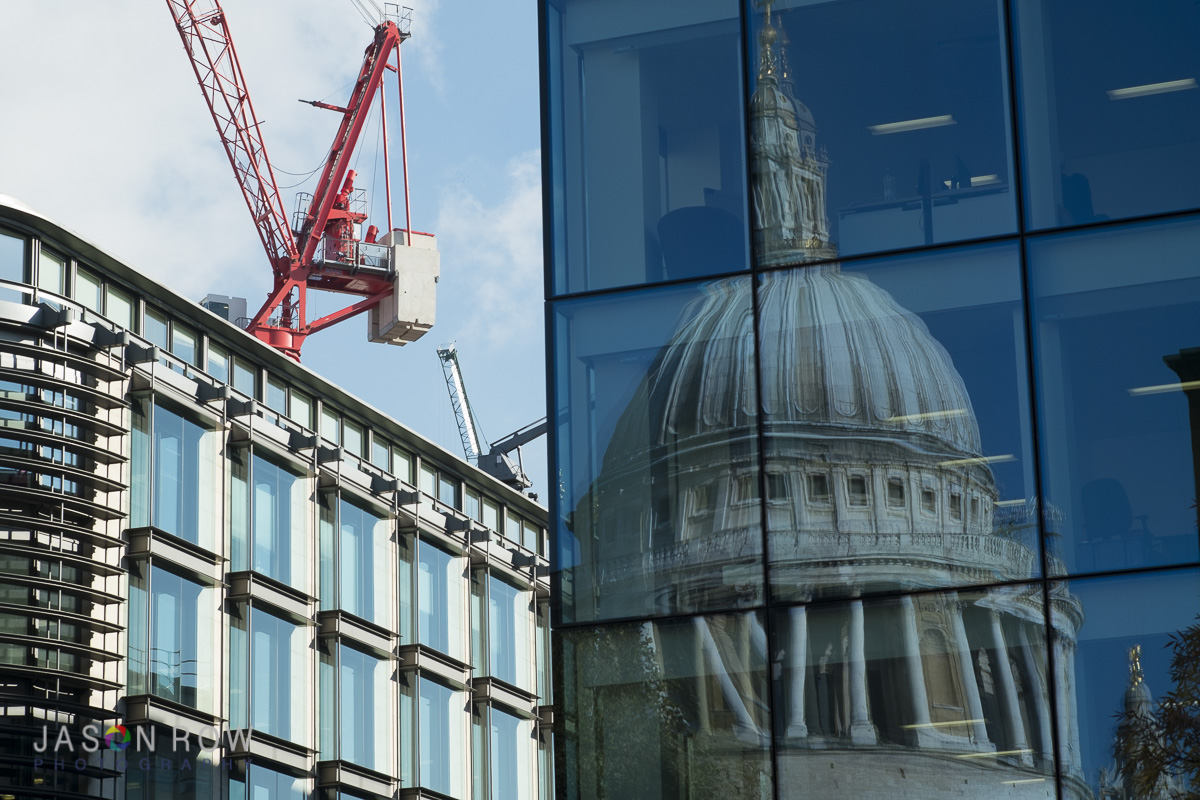
3. Metallic Reflections – Test Your Skills
Metal is another great source for reflected images but one that needs to be treated with care. Firstly polarizers do not work on metallic surfaces so you need to position yourself very carefully to reduce any extraneous light reflections.
Also, metal is often curved, sometimes subtly, sometimes not, therefore you need to consider this in your composition. Shiny metal can give us wonderful mirror-like reflections and often stand really well as abstract images.
Beyond abstract, composition tends to be more traditional, using thirds is a good way to keep a metallic reflection in tune with it’s surroundings to give the shot some context.
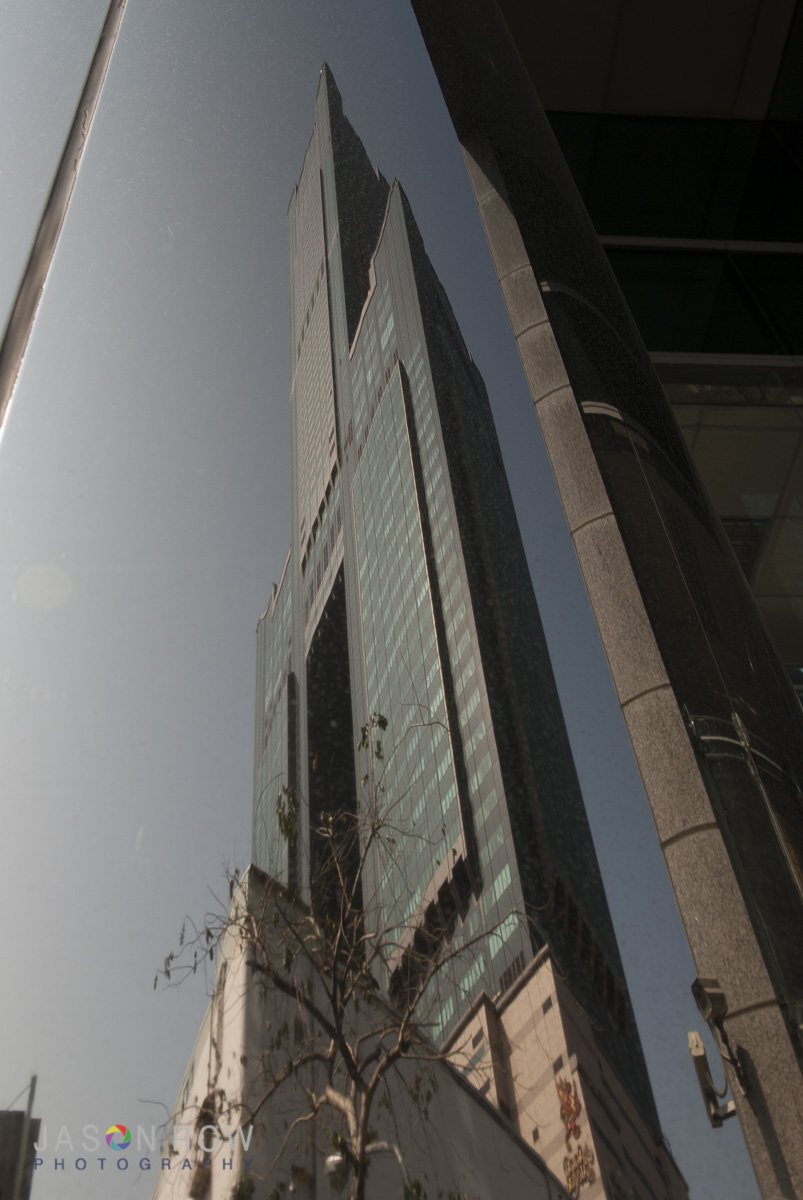
4. Other Reflections To Consider Using
Everything reflects light in some form or another. Whilst glass, water and metal are seen as the traditional reflective surfaces, look out for other surfaces too. It might be
- The shiny plastic of a handbag,
- Highly reflective foliage or any number of other objects. You can use them as the whole or part of your composition.
Reflections give us a huge range of creative options. We can use them to enhance a scene, entirely reflect a scene or as an abstract. We can control them with positioning and polarizers and enhance them in post production.
Next time you are out with your camera, take a look at the sheer variety of reflections around you and just let your creative juices flow. Whilst looking for new subjects and objects to photograph, you might find this excellent guide by Photzy a really useful one – “The Creativity Catalog” – get out there and get shooting!
Further Resources
- Photographing Reflections: 3 Tips Plus Stunning Examples for Creative Inspiration by Sheen Watkins
- Photograph Water Scenes Like A Pro In Just 6 Steps by Dzvonko Petrovski
- 5 Suggestions To Help You Deal With Creative Block by Dzvonko Petrovski

